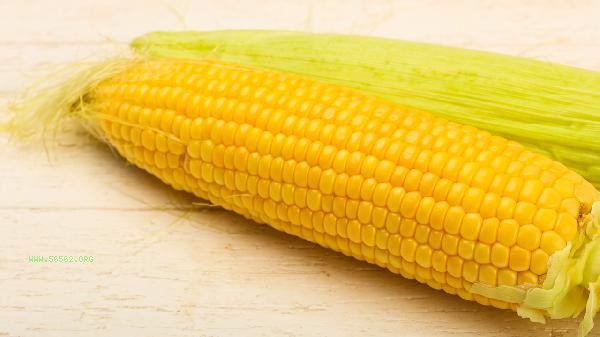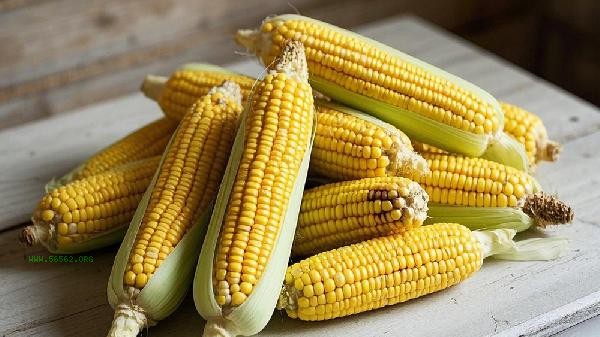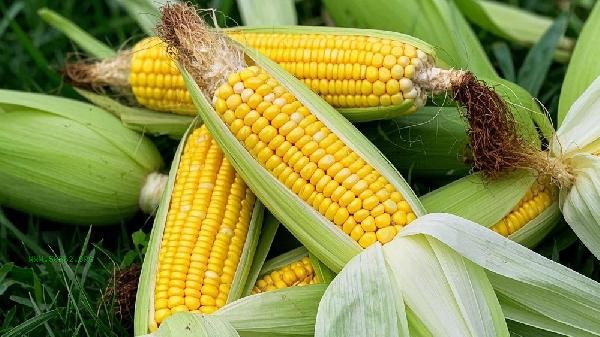When cooking corn, the water usually needs to cover the corn to ensure that it is evenly heated and fully cooked. If the amount of water is insufficient, it may cause uneven heating or undercooking of corn, but when using special kitchen utensils such as pressure cookers, the amount of water can be appropriately reduced.

It is the most common practice to boil corn with less water than the corn. Completely covering corn with water can ensure even heat transfer through the water medium, avoiding local overheating or undercooking. In traditional cooking methods, it is ideal for the water surface to be about two fingers higher than the food after the corn is completely submerged, and space needs to be reserved for water evaporation during the boiling process. When using a regular soup pot, it is recommended to flip the corn once halfway to make the heating more balanced. If there is a large amount of corn or the pot is shallow, it can be cooked in batches to ensure quality. Special cooking tools such as pressure cookers or rice cookers can reduce water usage. Pressure cookers use a steam sealed environment to achieve efficient heating, and the amount of water only needs to reach the lowest water level marked on the pot body. Corn is matured through steam circulation. When cooking corn with an electric rice cooker, the water volume can be reduced to two-thirds of the height of the ingredients, and the automatic temperature control function is used to prevent dry cooking. Microwave heating corn does not require water, wrapping it in wet kitchen paper can keep it moist. Although these methods save water, attention should be paid to equipment operation standards to avoid safety hazards. The remaining water after boiling corn contains some water-soluble nutrients, which can be filtered and used as a vegetarian broth. For daily cooking, it is recommended to choose fresh corn of the season and keep the innermost bracts before cooking to better lock in the sweetness. Elderly people or those with weak digestive function can cut corn into sections and extend the cooking time for easier chewing and absorption. If corn is found to have an odor or mold, it should be discarded immediately to avoid food safety risks.










Comments (0)
Leave a Comment
No comments yet
Be the first to share your thoughts!